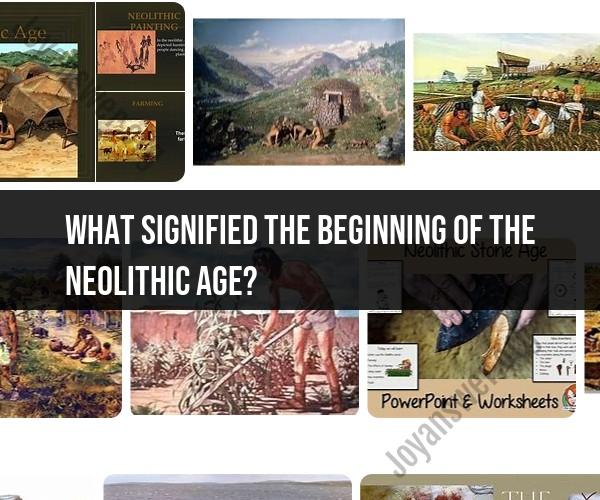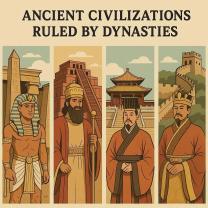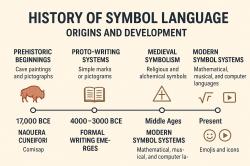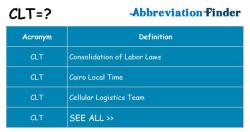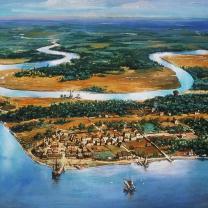What signified the beginning of the Neolithic Age?
The Neolithic Age, also known as the New Stone Age, marked a significant transition in human history from a lifestyle primarily based on hunting and gathering to one centered on agriculture and settled communities. Several key characteristics and developments signaled the beginning of the Neolithic Age:
Agriculture: The most defining feature of the Neolithic Age was the development of agriculture. Humans began to deliberately cultivate crops like wheat, barley, rice, and legumes, as well as domesticating animals such as cattle, sheep, and goats. This shift from a nomadic, hunting, and gathering lifestyle to settled farming communities was a major turning point.
Domestication of Animals: Alongside the cultivation of crops, the domestication of animals played a crucial role. People began to raise animals for food, labor, and other resources. This provided a more stable and sustainable food source.
Sedentary Lifestyle: As agriculture and animal husbandry became more widespread, people began to settle in one place for longer periods. This led to the establishment of permanent villages and towns.
Development of Pottery: The Neolithic period saw the emergence of pottery for storage, cooking, and various other purposes. Pottery allowed for better food preservation and diversified cooking methods.
Advanced Tools: Neolithic people developed more sophisticated tools, including polished stone implements, which were an improvement over the rougher stone tools of the Paleolithic period.
Surplus Food: The shift to agriculture led to a surplus of food, which enabled larger populations and the specialization of labor. Some individuals could focus on tasks other than farming, such as craftsmanship and trade.
Social Organization: With settled communities came the need for social organization and governance. Leadership roles and social hierarchies began to develop.
Religious and Cultural Practices: The Neolithic Age saw the emergence of more complex religious and cultural practices. People started to create art, build megalithic structures like Stonehenge, and develop belief systems related to nature and fertility.
Permanent Architecture: With settled communities came the construction of permanent structures, including houses, granaries, and defensive walls. These buildings were made of more durable materials than the temporary shelters of the Paleolithic.
Shift in Burial Practices: Neolithic people often buried their dead with grave goods and in specific burial sites, which suggests a more complex understanding of life and death compared to earlier periods.
Emergence of Trade: The surplus of agricultural products and the specialization of labor facilitated trade networks. People began trading goods and resources with neighboring communities.
Technological Advancements: Neolithic humans made advances in technology, such as weaving and the creation of textiles. This allowed for the production of clothing and other textiles.
The exact timing of the transition from the Paleolithic to the Neolithic Age varied in different regions of the world, but it generally occurred around 10,000 to 12,000 years ago. This shift marked a significant milestone in human history, as it laid the foundation for more complex societies, urbanization, and the development of civilizations in the millennia to come.
The Neolithic Age: Significance and Characteristics
The Neolithic Age, also known as the New Stone Age, was a major turning point in human history. It was the period during which humans transitioned from a hunter-gatherer lifestyle to a more settled agricultural lifestyle. The Neolithic Age began around 10,000 years ago in the Fertile Crescent region of the Middle East and spread to other parts of the world over the next few thousand years.
The Neolithic Age was characterized by a number of important innovations and developments, including:
- Agriculture: The development of agriculture was the most significant innovation of the Neolithic Age. Agriculture allowed humans to produce their own food, which led to a number of other changes, such as population growth, permanent settlements, and social stratification.
- Domestication of animals: The Neolithic Age also saw the domestication of animals, such as sheep, goats, cattle, and pigs. This provided humans with a reliable source of food and other resources, such as wool, milk, and leather.
- New technologies: The Neolithic Age also saw the development of new technologies, such as pottery, weaving, and ground stone tools. These technologies allowed humans to produce new goods and services, which improved their quality of life.
Transitioning from the Paleolithic to the Neolithic Era
The transition from the Paleolithic to the Neolithic Age was a gradual process that took place over thousands of years. There are a number of factors that contributed to this transition, including:
- Climate change: The end of the last Ice Age led to climate changes that made it easier for plants and animals to thrive. This made it possible for humans to develop agriculture and domesticate animals.
- Population growth: The population of the world grew significantly during the Paleolithic Age. This put pressure on the resources available to hunter-gatherers and led to a need for new ways to produce food.
- Technological innovations: Technological innovations, such as the development of ground stone tools, made it easier for humans to cultivate crops and harvest wild plants.
Innovations and Technologies of the Neolithic Revolution
The Neolithic Revolution was a period of rapid innovation and technological development. Some of the key innovations and technologies of the Neolithic Revolution include:
- Agriculture: The development of agriculture was the most significant innovation of the Neolithic Revolution. Agriculture allowed humans to produce their own food, which led to a number of other changes, such as population growth, permanent settlements, and social stratification.
- Domestication of animals: The Neolithic Revolution also saw the domestication of animals, such as sheep, goats, cattle, and pigs. This provided humans with a reliable source of food and other resources, such as wool, milk, and leather.
- New technologies: The Neolithic Revolution also saw the development of new technologies, such as pottery, weaving, and ground stone tools. These technologies allowed humans to produce new goods and services, which improved their quality of life.
Agriculture and Settlements in the Neolithic Period
Agriculture and settlements were two of the most important aspects of the Neolithic Age. Agriculture allowed humans to produce their own food, which led to a number of other changes, such as population growth and permanent settlements.
Neolithic settlements were typically small villages located near rivers or lakes. The villagers lived in houses and farmed the surrounding land. They also raised animals and kept gardens.
The Neolithic Age's Impact on Human Society
The Neolithic Age had a profound impact on human society. It led to the development of agriculture, the domestication of animals, and new technologies. These changes allowed humans to produce more food, which led to population growth, permanent settlements, and social stratification.
The Neolithic Age also saw the rise of new social and political institutions, such as religion and government. These institutions helped to organize and manage the growing population and to resolve disputes.
The Neolithic Age was a period of great change and innovation. It was the time when humans transitioned from a hunter-gatherer lifestyle to a more settled agricultural lifestyle. This transition had a profound impact on human society and laid the foundation for the civilizations that would develop later in history.
